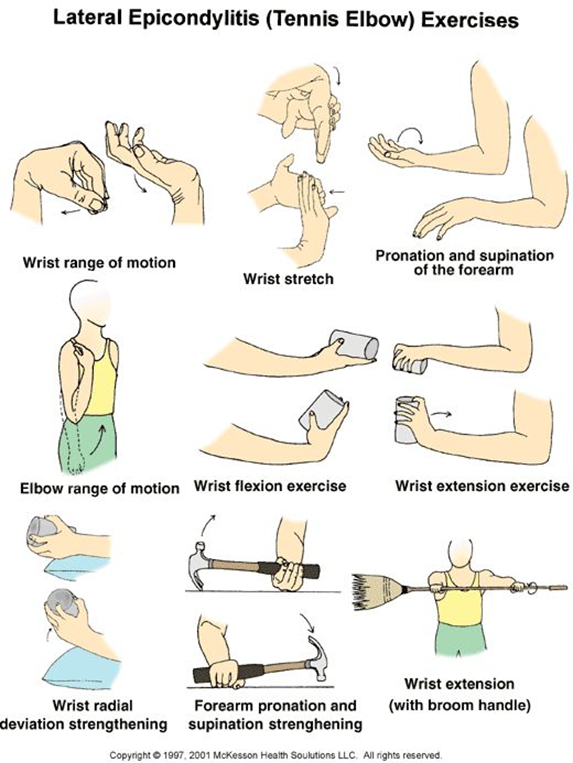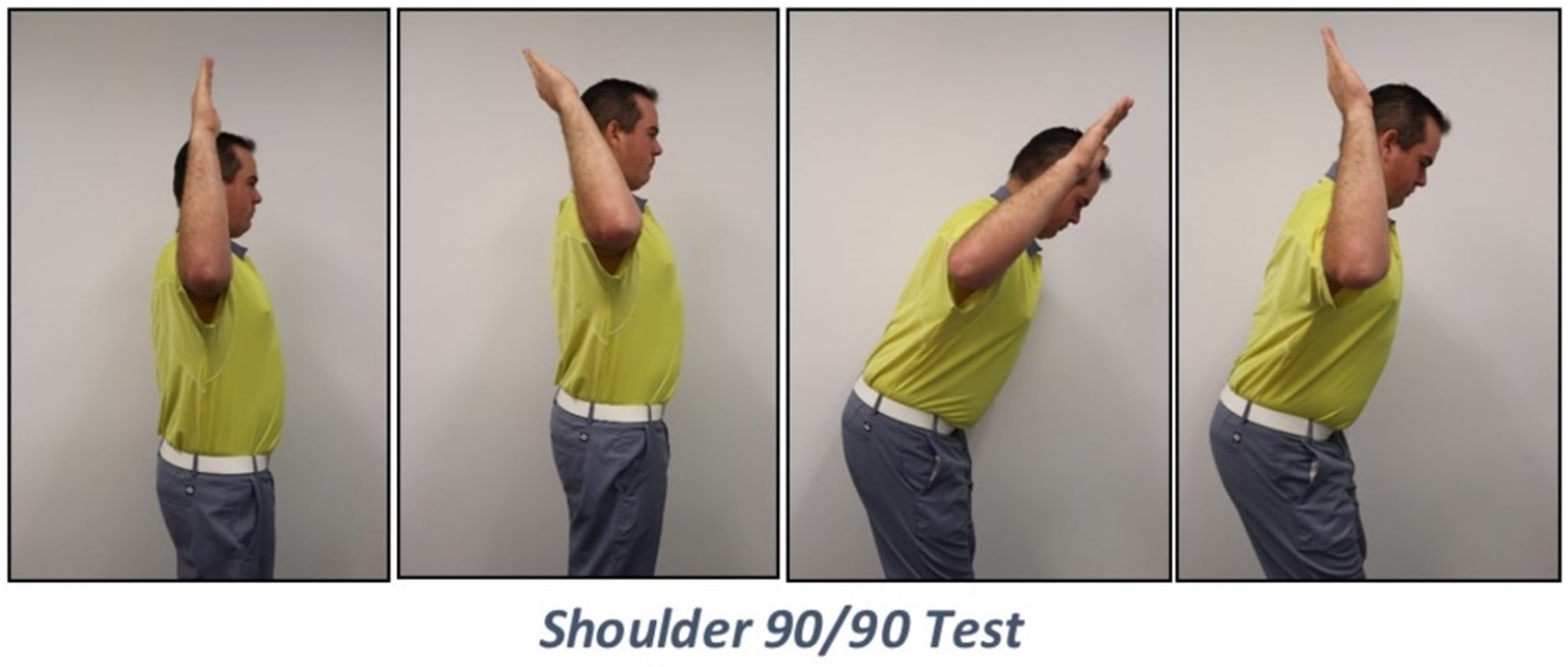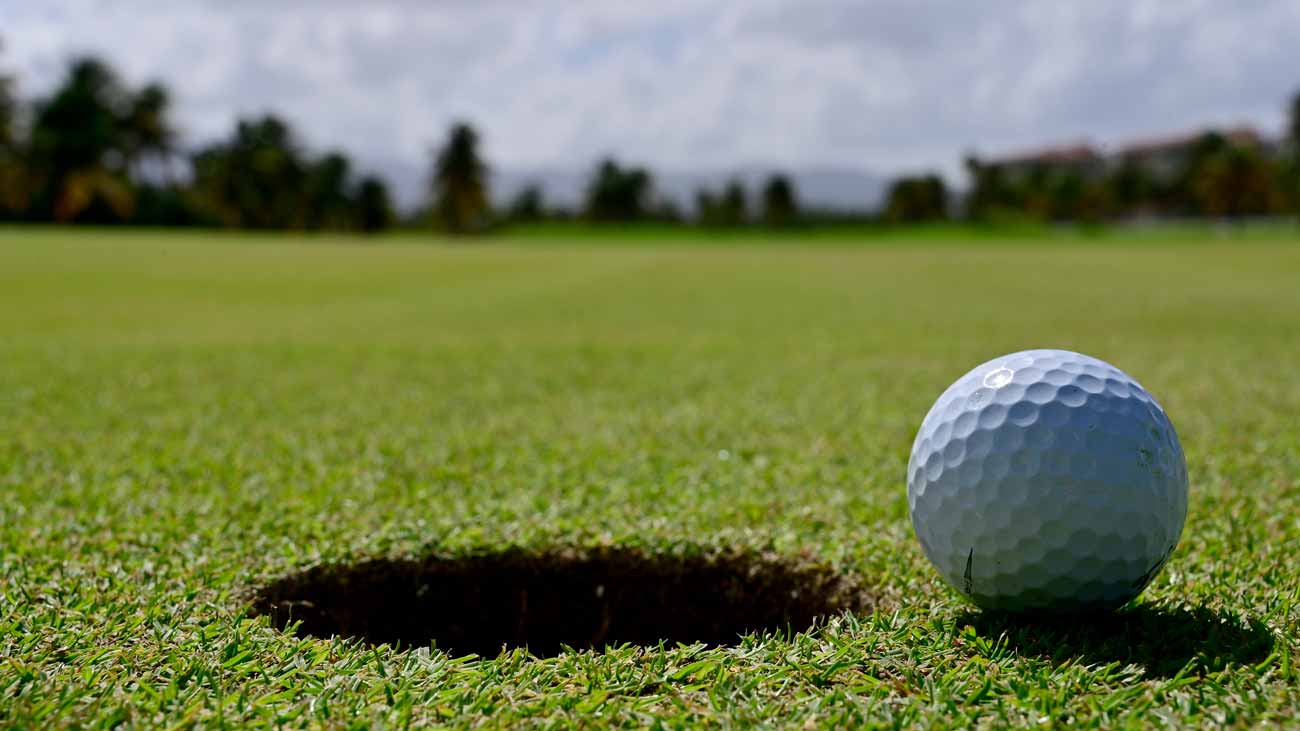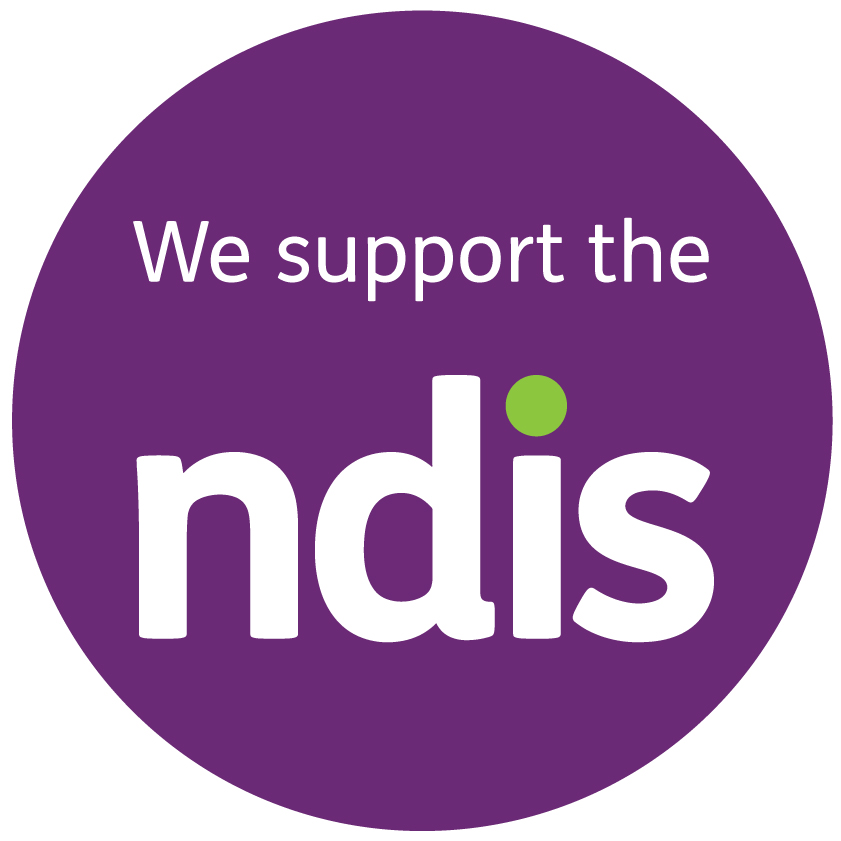We’re back with part two of our golf injuries blog. Be sure to check out part one so that you don’t miss anything!
More common golf injuries and pains
Tennis and Golfer’s elbow
Funnily enough, tennis elbow is more common in golf than golfer’s elbow. This usually occurs to either overstress you aren’t used to, like more practice at the range or more work with your hands in the garden at home. These elbow issues come under a few different names depending on where you hear them:
- Tennis elbow, lateral epicondylitis, lateral epicondylalgia, lateral elbow tendinopathy
- Golfer’s Elbow, medial epicondylitis, medial epicondylalgia, medial elbow tendinopathy
What does golfer’s/tennis elbow look like?
- Trouble gripping objects and opening/closing jars and taps etc.
- Pain on the outside (tennis) or inside (golfer’s) of the elbow
- Often worse when gripping with the elbow straight and easier when it is bent
- Pain swinging the club especially if taking a large divot
Risk factors for elbow issues in golf
- Compensation in technique (using the arms more and the whole body less)
- Increased practice or play in a short period of time
- Stiffness in lower body and trunk decreasing available amount of whole-body rotation
There is some evidence that increasing grip strength can allow improved golf performance and may reduce the risk of these injuries. How you grip the club can also affect not only your distance, but also the load through your arms and hands.
What can we do about tennis and golfer’s elbow?
- Grip muscle and forearm muscle strengthening
- Massage to tight muscles
- Grip position changes (position of knuckles)
- Gripping the club in the fingers and not through the palm
- Tennis/Golfer’s Elbow strap/brace

Have a look at this video to understand gripping the club more!
THE GOLF GRIP EXPLAINED golf basics for all
Shoulder injuries
As is the trend, decreased rotation strength and endurance in the shoulder can mean you lack enough strength to slow the body and club down after your swing (on your lead side). A decrease in this strength can also make it more difficult to get to the top of your swing (on your trail side). When you are beginning to swing the club down from the top of your backswing, there is ~50kg of force going from your hands into the shaft. Being able to control this load at high speed while overhead can be a cause of increased braking stress on the shoulder.
The rotator cuff is the most plagued region in the shoulder. It undergoes almost its entire available range in an unrestricted golf swing and at a high speed. It is important that golfer’s maintain good rotation through the shoulders to limit compensation techniques that impact the golf swing negatively.
Things I can check at home

The 90/90 test determines a combination of shoulder rotation capacity as well as its tolerance under the load of the golf position. Often maintaining this position in a golfing position feels heavier and sometimes even reduces. Being able to get the RIGHT forearm in line with the trunk in both positions is a great position and often means you can complete a full backswing and vice versa for the lefties amongst us!
How do I help fix my golf injuries and pains?
As we know, golf is all about efficient energy transfer from your body into the golf ball. Getting in to see a physio with significant golfing knowledge like Aaron can help you as he can assess and find the source of your pain. Your body’s limits may be leading to technical issues you might find in your swing technique, and this is where physiotherapy can assist your coaches determine the right path forward.
Golf Lessons
- Coaching can provide the golf specific-tips, tricks and drills you can perform while practicing and playing to compliment what you’re working on with physio.
Physiotherapy
- Specific Golf ‘Body-Swing Analysis’ Screen.
- Physio will work on stretching the tighter muscles
- Strengthening through golf range
- Coordination drills between the upper and lower body to get the upper and lower body working together to make an efficient swing
What next?
If you’re struggling with an injury similar to the ones described above book an appointment with Aaron (our golfing guru) and get your recovery started!



